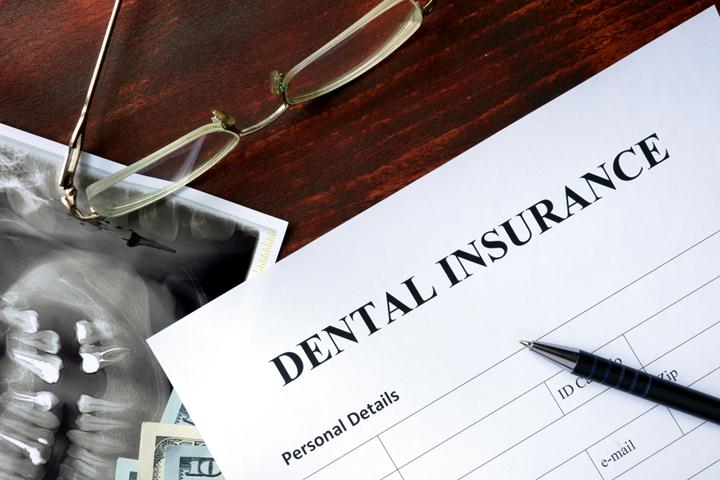Proper dental care is essential to your overall health. Due to the high cost and complexity of paying for dental care, most people opt to work with an insurance company to deal with the hassle, which saves the patient’s time and money while providing greater security. There are many different types of dental plans with varying levels of coverage, different payment structures, and different costs. Understanding how dental insurance companies classify your coverage can help you to make decisions that save money and increase benefits.
Common Structures for Dental Insurance Programs
1. Direct Reimbursement
This program is structured to reimburse customers a fixed percentage of the total cost of a treatment or procedure. This applies to all types of treatment, from preventative care to minor surgery. Because of the wide range of options and standard method of payment, along with the fact that you can keep your dentist or go to whomever you like, this program offers more freedom than the others. This versatile and efficient system incentivizes the patient and the dentist to work together to make the best choices for the patient’s health.
2. Usual, Customary, and Reasonable (UCR)
In this type of program, the insurance holder pays a fixed percentage of the price given by the dentist, or the plan administrator’s ¨reasonable¨ or ¨customary¨ fee limit, depending on which costs less. These prices are set by the contract between the customer and the insurance company. A benefit of a Direct Reimbursement program is that, under these terms, you can go to whichever dentist you like. A disadvantage is that the ¨customary¨ limits are not necessarily indicative of the actual price charged by the dentist. Due to the lack of regulation on UCR programs, and vast differences in the terms of the insurance companies, many can find themselves overpaying for coverage.
3. Table or Schedule of Allowance
Under these terms, coverage is extended to an agreed upon list with an exact dollar amount attached to each item. This can give the patient access to a wide variety of treatments and procedures but does not take into account the amount charged by the dentist. The difference between the amount charged and the amount covered must be paid by the patient. Depending on your dental history and your needs, this program can be very efficient and cost-effective. The only downside comes when an expensive treatment significantly exceeds the amount covered by insurance, often leaving patients scrambling to pay after a surgery.
4. Capitation
With capitation programs, dentists agree to provide the insurance holders specific treatments at no immediate cost. Instead of paying per visit or procedure, a contract is made between the insurance company, the patient, and the dentist, to provide a fixed payment on a monthly basis. The price is determined by the number of patients or family members listed on the plan. The patient(s) can walk-in and receive treatment at no charge, apart from a small co-payment when necessary. The advantage here lies in the simplicity and extensiveness of the coverage. The downside is that, much like UCR programs, often the payments structured by the program can differ significantly from the actual cost of dental care received.
Final Thoughts on Dental Insurance
For those who want complete coverage at a fair price, it is important to look at your dental insurance plan and make sure it meets your needs but does not exceed them. Overpaying for unnecessary services is a major concern for patients and insurance policyholders. UCR and Table of Allowances plans should be inspected carefully because of this. By analyzing your plan against the history of your treatments and your dental health goals, you can eliminate unnecessary payments to get the most out of each payment.
For those who are covered with two dental insurance plans, talk to the administrator of your primary plan and inquire about your duel-coverage status. Intuitively, it may seem proper for the two insurance providers to collaborate to give you double the coverage, but often this level of synergy is impossible. Overlapping plans can lead to an exclusion of a benefit you already paid for. Often, one plan can be dropped in favor of a more complete plan, or the secondary plan can be switched with one that provides greater synergy with your primary provider.
It is often more advantageous to select a more expensive program that imposes price limitations, rather than a cheaper one that excludes coverages altogether. Insurance is all about protection, often for unexpected problems that we are unprepared for. Because of this, it is worth making sure your current coverage is enough to protect you across a wide range of services and treatments.
Dental insurance can seem like a complex realm of choices, payments, and paperwork. By taking a short time to analyze this information, you can reap the benefits of more extensive and affordable coverage. Speak with your dentists and ask questions. Assess the strengths and limitations of your current program. With proper decision making, dental insurance will feel like a benefit, not a burden.
Featured Image: depositphotos/ Rawpixel






